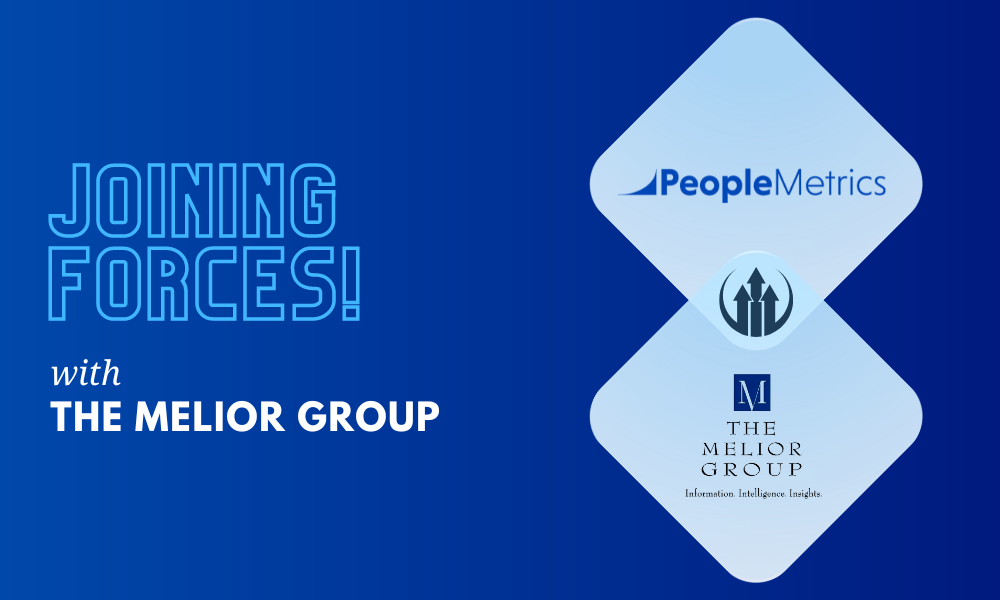
At every level of sports, there are coaches. And at every level of coaching, there is disagreement about how to measure a coach’s performance. Even with significant advances in how teams evaluate performance, it can be difficult to quantify “coaching” as a variable. Is it a coincidence that some of the most respected coaches of all time (Phil Jackson, Bill Belichick) have coached some of the greatest athletes of all time (Michael Jordan, Tom Brady)? Would even a mediocre coach be vaulted to greatness with the right talent on his team? Or would the teams perform the same, regardless of who was in charge?
This debate might go on forever. What isn’t debatable is the value of coaching in customer interactions. According to Matthew Dixon and Nick Toman, co-authors of the recent book The Effortless Experience: Conquering the New Battleground for Customer Loyalty, coaching results in significantly higher performance. Specifically, the authors’ research across 3,600 frontline reps and over 300 frontline supervisors from fifty-five different companies globally revealed that “organizations that focus on training (often at the expense of coaching) tend to have relatively lower-performing teams compared to organizations that prioritize coaching (often at the expense of training).”
With simple tools to listen to customers we now have a powerful, honest source for coaching and feedback on team and individual performance – the Voice of the Customer.
How about a game of one-on-one?
One of the challenges we continue to hear from our clients is that they struggle to drive action with aggregate level data. It is too easy for those responsible for the scores to explain them away as irrelevant or a result of a poorly designed survey. For others, frontline staff claim to know their customers better than any old survey could. But we now have an opportunity to truly leverage Voice of the Customer feedback by applying it to individual relationships and using these insights as the basis of coaching toward improvement. Our proven approach to doing this is based on four best practices:
1) Listen, carefully.
During the survey design phase, it is crucial to select questions that are relevant to the customer-employee relationship. This means no internal language! You might want to know if your sales representative utilized their shiny new iPad during the sales call, but the customer is more concerned with understanding the presentation and deriving value from their investment of time in the meeting.
2) Borrow from the best.
Now that you’re confident that your questions are aimed at improving the customer experience, outline how you want your frontline employees to deliver that experience. Review these questions and their related competencies with your Learning & Development team. Build a set of specific action steps that align with each survey question and customer response. Make it clear to the recipient of the feedback to whom resource requests should be addressed. Internal best practices should be in place for all survey items.
3) Make follow-up a habit.
Our surveys generate real-time emails (to read more on that technology, click here) summarizing customer feedback that are sent to frontline staff and their managers. But just like all 12 Groupon emails you have received since you started reading this, the content of those messages is no good unless you act on it! We encourage our clients to include feedback from the VoC program in regular meetings between employees and managers. These conversations serve as coaching moments based on the strengths and opportunities uncovered by the Voice of the Customer technology. Using simple case management and closed-loop systems will ensure that action is taken and documented allowing managers and employees to track their progress.
4) Reap what you sow.
While you may have internal processes for addressing opportunities to improve for your frontline staff, some customers might not be well served by a “one size fits all” approach. Managers should pay special attention to those reps who are worthy of an all-star team, and document and share their best practices for succeeding with customers. By collecting these organically produced procedures, you’ll be able to refresh alert content periodically and keep your team one step ahead of the competition.
For the Win
We believe that coaching can make a difference – at least in the arena of customer experience – and our technology and expertise make us a great partner for ongoing coaching processes. Our most successful clients rely on a closed-loop feedback system to track customer sentiment and provide real-time feedback to the employees who need it to be at their best. At the end of the day, you’ll have built processes and best practices worthy of a championship parade.
Topic: Customer Experience





